LED Screen Displays are the best marketing tool to Create powerful brand presence for your businesses and Establishment of prestigious in the eye of the public.
Therefore it is important to get the right specs from the right supplier to make your projections right.
In this articles, we will go through some of the important aspects and features that is good to know when making the consideration.
1) Type of LEDs
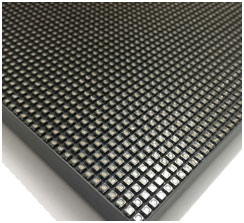
SMD LEDs (Surface Mount Devices)
SMD come in packages of RGB (red, green and blue LEDs) and can be constructed to make many different spectrum of colours in this one pixel. A Good SMD LEDs has a very minimum heat dissipation and enhances the life span. This type of LED is more preferred than the traditional DIP type of LED .

COB LEDs (Chip On Board)
This has several advantages over existing technologies such as SMD and DIP LEDs. Due to the small size of the LED chip, the COB system allows for a much higher packing density than SMD (SMT), the result being a more compact array giving better uniformity and higher intensity even at a close distance and greater heat dissipation for better stability, reliability and lifespan. The way the COB LEDs are packaged increases the IP rating as well
2) LED Pixel Pitch
![]()
LED Pixel pitch is the distance is derived by measuring the distance between each pixel. Eg, a pixel pitch of 1mm means the distance from one pixel to the next is 1mm. Some displays have a horizontal pitch and also a vertical pitch so the vertical could be 5mm while the horizontal could be 10mm. A smaller pitch is going to compress the pixel spacing and result in a higher resolution and a more detailed image.
3) LED Brightness
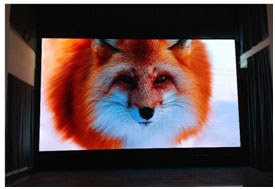
LED screen brightness can be measured in nits per m2. Normally Indoor LED displays have a brightness range of 500 nits to 5,000 nits and Outdoor LED screens are normally rated from 4,000 nits anywhere up to 12,000 nits or more. The considering factors on the brightness will depend on the LED Screen location.
4) Pixel Density
![]()
Pixel density is the amount of pixels in any given area. Pixel density is usually measure in pixels per meter square so for instance a 2.5mm pixel pitch will have a pixel density of 400 x 400 and be 160,000 per m2.
5) LED Refresh Rate
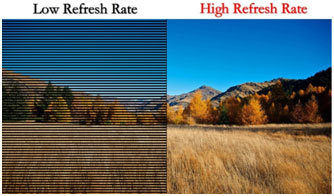
LED refresh rate is the amount of times the display changes frame. For example on 120hz specification , this means it can display 120 images every second. The higher refresh rate it will mean more images the LED display can play per second. A good LED Chip and Display Video Processor helps to increase the refresh rate capability.
6) LED Viewing Angle
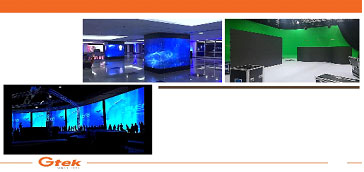
LED display viewing angle means the angle of which the audience can clearly visual the displays on the screen from different directions. The range of the viewing angle is mainly determined by the LED Chip packaging method. Currently most of the LED screens have a viewing angle of at least 100º but there will be variation in both horizontally and vertically and it can reach up to 170º.
Ideally, the screen should have a horizontal viewing angle between 120 and 160 degrees and a vertical angle between 120 and 160 degrees.
7) LED Display Greyscale
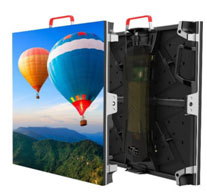
Grayscale is a range of shades of gray without apparent color. The darkest possible shade is black, which is the total absence of reflected light. So for LED display products, when it gets higher gray scale, the color is more rich and vivid. Ideally , >13bit grayscale would be enough.
8) LED Power Supply
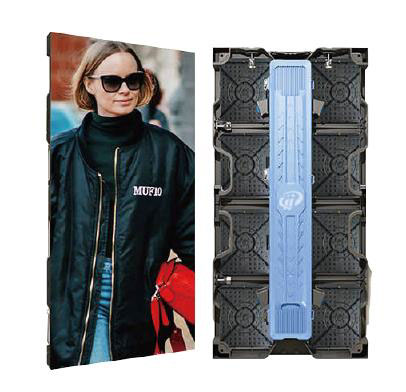
Like any LED Chip, it requirs constant current DC supplies to be driven. In order to keep the LED chip at its optimal lifespan , a high quality power supply is required. One of the things to look out for when it comes to LED Power Supply are CE certification. Here at Gowell Synthesis, we incorporates our LED display screens with Meanwell Brand drivers which are CE, TUV, EMC Certified.
9) LED Video Processor

Grayscale is a range of shades of gray without apparent color. The darkest possible shade is black, which is the total absence of reflected light. So for LED display products, when it gets higher gray scale, the color is more rich and vivid. Ideally , >13bit grayscale would be enough.


